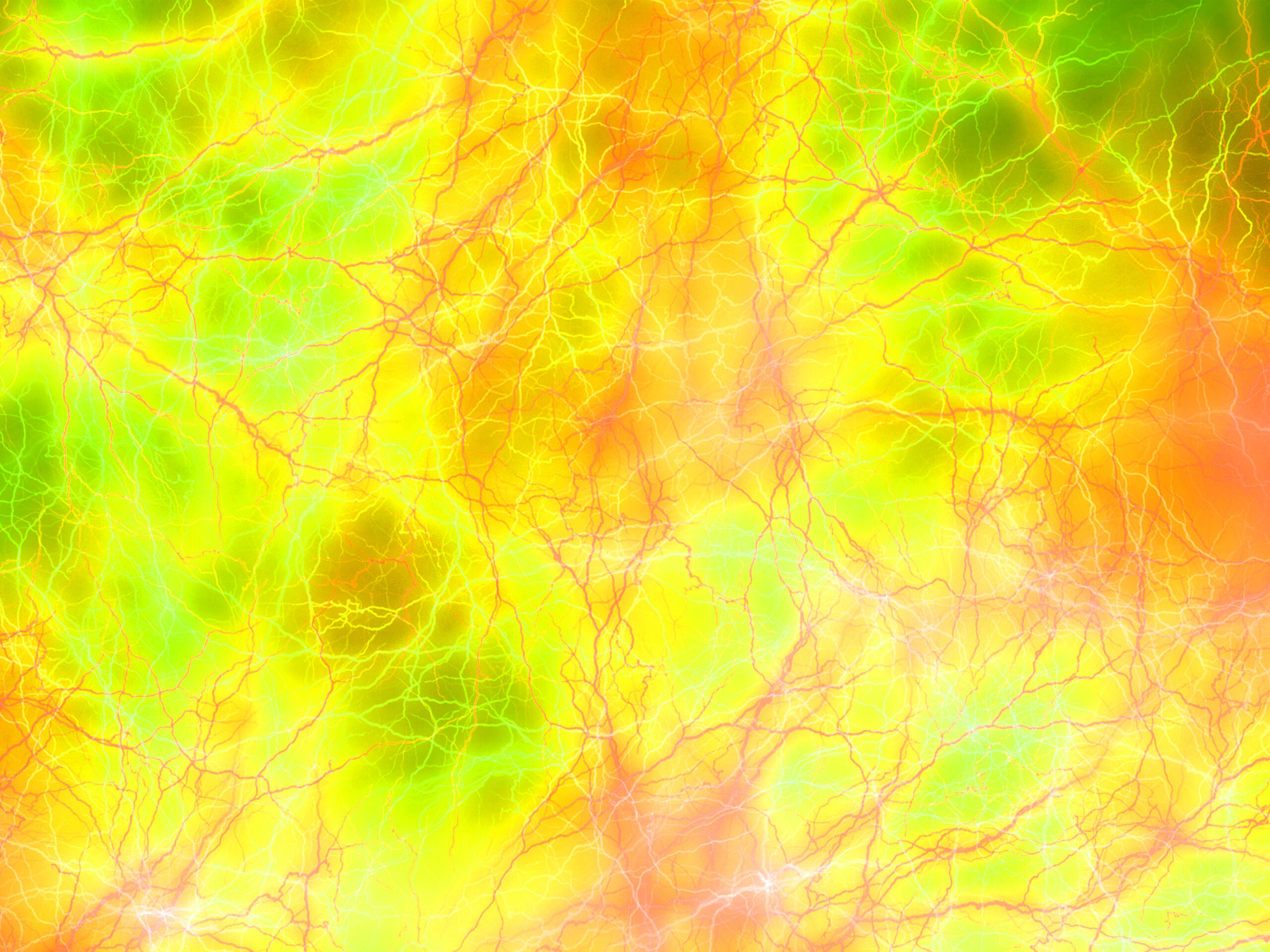CD45antigen (Protein tyrosine phosphatase, receptor type, C also known as PTPRC and formerly known as leukocyte common antigen LCA)
Protein tyrosine phosphatase, receptor type, C also known as PTPRC is an enzyme that, in humans, is encoded by the PTPRCgene.[5] PTPRC is also known as CD45antigen (CD stands for cluster of differentiation), which was originally called leukocyte common antigen (LCA).[6] Function…
T helper cells (Th cells), also known as CD4+ cells or CD4-positive cells
The T helper cells (Th cells), also known as CD4+ cells or CD4-positive cells, are a type of T cell that play an important role in the adaptive immune system. They aid the activity of other immune cells by releasing cytokines.…
CD4
In molecular biology, CD4 (cluster of differentiation 4) is a glycoprotein that serves as a co-receptor for the T-cell receptor (TCR). CD4 is found on the surface of immune cells such as T helper cells, monocytes, macrophages, and dendritic cells. It was discovered in…








